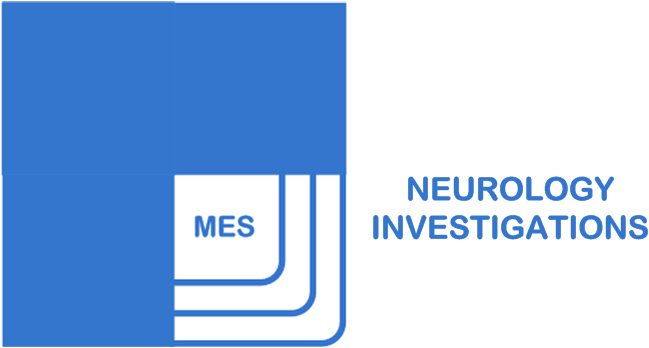Nerve stimulation is achieved with surface electrodes placed over a nerve where it is relatively superficial, such as ulnar nerve at elbow. The stimulator has a cathode and an anode. Normally both electrodes are placed over the nerve trunk, with the Cathode being Closer to the recording site (SEE INTRODUCTION).

Supramaximal stimulation of a nerve is required. This is to make sure that all axons have been depolarized. To achieve supramaximal stimulation, a gradually increasing stimulus current is applied, resulting in progressive increase in the size of the compound muscle action potential as more and more axons in the nerve are activated. When stage is reached, where no further increase in amplitude is seen, current is increased by additional 20-30% to ensure that no further change in amplitude occurs.
Reference:
1. Aminoff, MJ. Electrodiagnosis in Clinical Neurology: Nerve conduction studies, New York: Churchill Livingston, 4th edition
2. Kimura J. Electrodiagnosis in disease of nerve and muscle: Principles and Practice, New York: Oxford V. Press, 3rd edition

1 comment:
The highly experienced team at Comprehensive Neurological Care Victoria includes Neurologists and a Neurophysiology Scientist. These specialist services are complimented by Neurophysiology diagnostic testing; EEG (Electroencephalography), NCS (Nerve Conduction Studies) and EMG (Electromyography)....Neurology Melbourne
Post a Comment